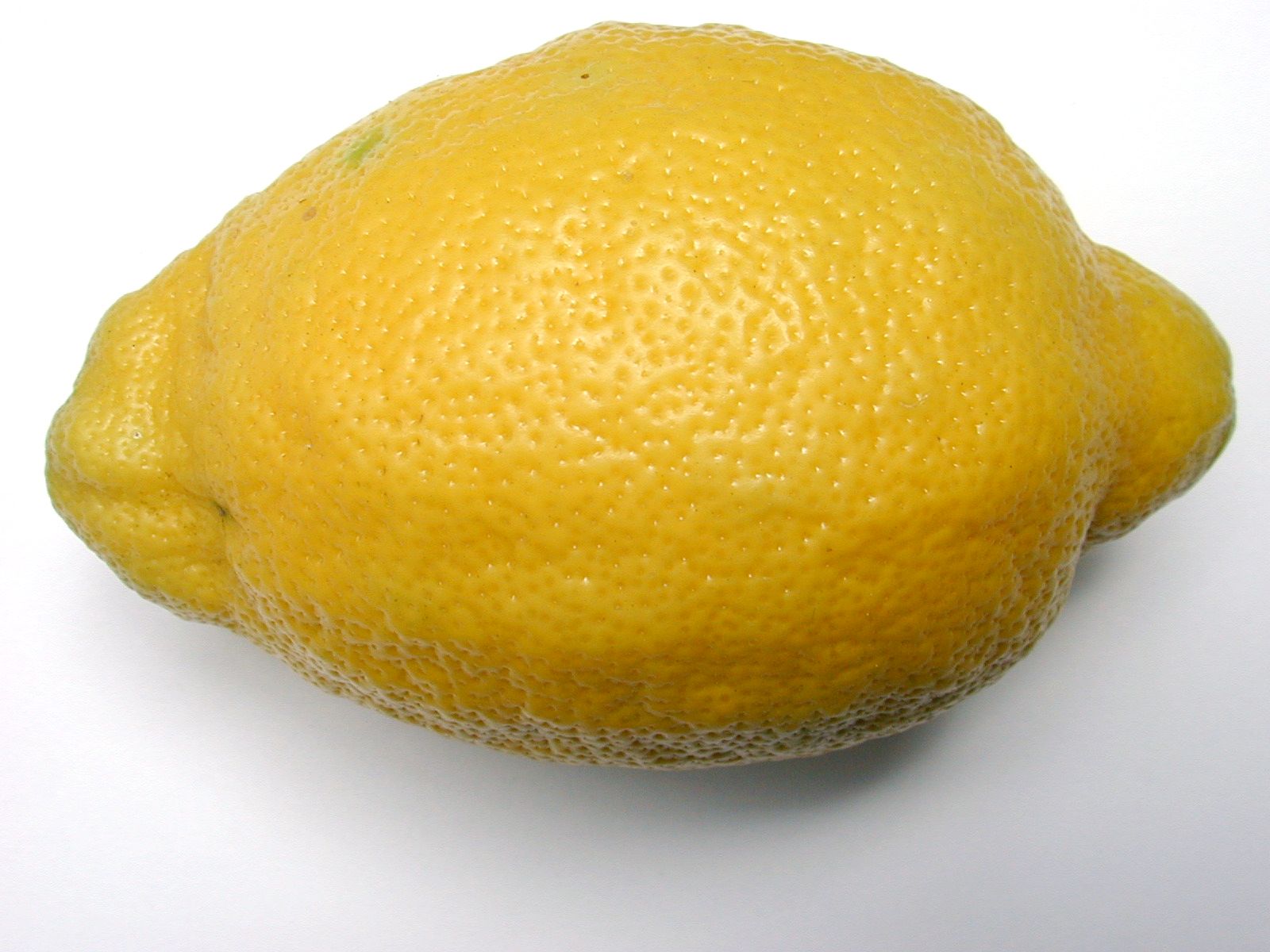Bird’s nest acid, also known as sialic acid, sialic acid, scientific name “N-acetylneuraminic acid”, is a naturally occurring carbohydrate. Don’t hesitate to get in touch with us in case you are fascinated about wholesale sialic acid, we cannot let you down. Not solely wholesale sialic acid we produced have certificated the worldwide industry commonplace, but we also can meet your customization needs. RNA viruse tend to have high mutation rate-greater than 10.000 instances increased than that of human or viral DNA- and this is true of all of the influenza viruses. Although the very young and elderly are usually at probably the most risk from influenza, the influenza pandemic of 1918-1919 was unusual in that mortality was excessive in health younger adults. All three influenza viruses infect man and trigger disease, however influenza A represents the most serious human pathogen as a result of it causes very large, recurrent epidemic and even pandemic with important mortality. Although it’s not clear whether or not a brand new pandemic is imminent, it can be prudent to take into account the lessons we now have discovered from studying completely different human and animal influenza viruses. Furthermore, reclassification of influenza A viruses indicates that H1N1 viruses circulated from not less than 1918 till 1957. Thus, it’s now clear that influenza pandemics happen at unpredictable intervals.

 The pandemic of 1918 occurred before influenza virus may very well be isolated and it has not been possible to study the virus within the laboratory utilizing modern instruments. 1) Cinti S; Pandemic influenza: are we prepared? The rapid, global unfold of pandemic influenza could also be a relatively trendy improvement related to will increase in inhabitants and the growth of transportation systems vital for the worldwide transmission of the novel virus. In distinction to measles, smallpox and poliomyelitis, influenza is caused by viruses that endure continuous antigenic change and that possess an animal reservoir. Recent phylogenetic studies of influenza A viruses have revealed species-specific lineages of viral genes and have demonstrated that the prevalence of interspecies transmission depends upon the animal species. In Florence in the course of the time of the Renaissance, astrologers linked a curious juxtaposition of stars with an outbreak of infection in the town and attributed it to the “influence” of the stars, therefore influenza. Known within the sixteenth century as “the newe Acquayntance”, influenza still causes main outbreaks of acute respiratory infection. The temperature rises rapidly to round 39 C. Influenza is not characterized by runny noses or sore throats in the beginning, as are common chilly infections. About eighty p.c of them are haemagglutinin antigen and the reminders are another antigen, neuraminidase, and have a mushroom-like form.
The pandemic of 1918 occurred before influenza virus may very well be isolated and it has not been possible to study the virus within the laboratory utilizing modern instruments. 1) Cinti S; Pandemic influenza: are we prepared? The rapid, global unfold of pandemic influenza could also be a relatively trendy improvement related to will increase in inhabitants and the growth of transportation systems vital for the worldwide transmission of the novel virus. In distinction to measles, smallpox and poliomyelitis, influenza is caused by viruses that endure continuous antigenic change and that possess an animal reservoir. Recent phylogenetic studies of influenza A viruses have revealed species-specific lineages of viral genes and have demonstrated that the prevalence of interspecies transmission depends upon the animal species. In Florence in the course of the time of the Renaissance, astrologers linked a curious juxtaposition of stars with an outbreak of infection in the town and attributed it to the “influence” of the stars, therefore influenza. Known within the sixteenth century as “the newe Acquayntance”, influenza still causes main outbreaks of acute respiratory infection. The temperature rises rapidly to round 39 C. Influenza is not characterized by runny noses or sore throats in the beginning, as are common chilly infections. About eighty p.c of them are haemagglutinin antigen and the reminders are another antigen, neuraminidase, and have a mushroom-like form.
Influenza A viruses have been designated on the premise of the antigenic relationships of the exterior spike haemagglutinin (HA) and neuraminidase (NA) proteins. Type B strains are designated on the same system, however with out H and N numbers since major modifications in these antigens have thus far not been observed. These mutations give rise to modifications within the viral polypeptides, similar to HA which, out of a complete of 250 amino acids, undergoes two or three amino-acid substitutions each year. The sequences from these three victims have been almost equivalent and showed that the virus belong to strain H1N1. Virus multiplies within the epithelial cells within the nostril and sinus passages and destroys the cilia, that are an important ingredient within the defense of the respiratory system. There aren’t any difference between Influenza A and B as regards the clinical picture. There are 4 antigens present, the haemagglutinin (HA), neuraminidase (NA), nucleocapsid (NA), the matrix (M) and the nucleocapsid proteins (NP).
 The haemagglutinin (HA) is a rod-shaped glycoprotein with a triangular cross-section. In earlier years HA and NA antigens driving from birds and different animals had been given applicable letters (as an example Hsw for haemagglutinin of a swine -kind virus or Nav for a neuraminidase of avian origin). It was first identified by its ability to agglutinate erythrocytes, therefore its title, but it’s now apparent that it also has necessary roles in the attachment and entry of virus to the cells of the host and in figuring out virulence. Myxo derives from the Greek for mucus and refers to the flexibility of these viruses to attach to mucoproteins on the cell floor; ortho means true or common, as in orthodox, and distinguishes these viruses from the Paramyxoviridae (measles is a member of this household). Although laymen discuss with many incapacitating respiratory infection as “flu”, true influenza is brought on by the small household of the Orthomyxoviridae. They are: Influenza virus A, B and C in addition to Thogoto-like virus which is a tick-borne virus of mammals. Influenza viruses A and B are closely associated, but influenza A infects a wide spectrum of birds and mammals together with humans, whereas influenza B infects only humans.
The haemagglutinin (HA) is a rod-shaped glycoprotein with a triangular cross-section. In earlier years HA and NA antigens driving from birds and different animals had been given applicable letters (as an example Hsw for haemagglutinin of a swine -kind virus or Nav for a neuraminidase of avian origin). It was first identified by its ability to agglutinate erythrocytes, therefore its title, but it’s now apparent that it also has necessary roles in the attachment and entry of virus to the cells of the host and in figuring out virulence. Myxo derives from the Greek for mucus and refers to the flexibility of these viruses to attach to mucoproteins on the cell floor; ortho means true or common, as in orthodox, and distinguishes these viruses from the Paramyxoviridae (measles is a member of this household). Although laymen discuss with many incapacitating respiratory infection as “flu”, true influenza is brought on by the small household of the Orthomyxoviridae. They are: Influenza virus A, B and C in addition to Thogoto-like virus which is a tick-borne virus of mammals. Influenza viruses A and B are closely associated, but influenza A infects a wide spectrum of birds and mammals together with humans, whereas influenza B infects only humans.
